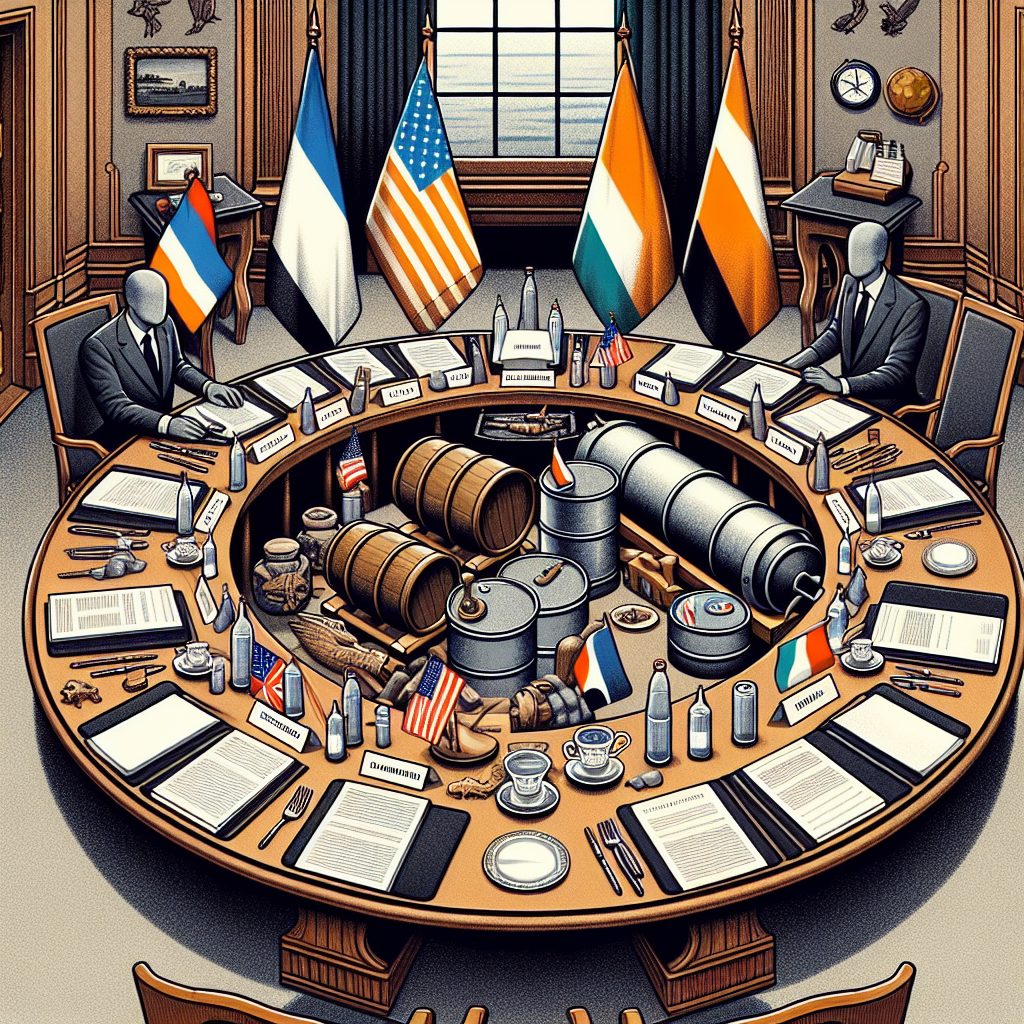After the summit between the United States and India, the two countries have agreed to engage in further discussions to reach a trade agreement as soon as possible and resolve their differences on tariff issues. India has also committed to purchasing more US oil, natural gas, military equipment, and cracking down on illegal immigration.
On Thursday, February 13, after a meeting at the White House between US President Trump and Indian Prime Minister Narendra Modi, both parties reached a series of agreements. Earlier that day, Trump had criticized the business environment for US companies in India and announced a roadmap for imposing reciprocal tariffs on all countries that impose tariffs on the US.
“Prime Minister Modi recently announced a reduction in India’s unfair, very high tariffs that have restricted our access to the Indian market,” Trump stated, “I must say, this is a big issue.”
Indian Foreign Secretary Vikram Misri stated that an agreement to resolve trade disputes could be completed within the next seven months.
In a joint statement issued after the meeting, Washington welcomed recent steps taken by New Delhi, including reducing tariffs on certain US products, increasing market access for US agricultural products, and aiming to hold preliminary negotiations on a trade agreement before the fall of 2025.
Misri mentioned that although the leaders of both countries have their “respective views” on tariffs, “more importantly… we have a direction in which we are moving forward on this issue.”
During a joint press conference with Modi, Trump expressed optimism about some of the agreements reached between the two leaders: India intends to increase its purchases of US defense equipment by “billions of dollars” and could make Washington its “primary supplier” of oil and natural gas.
Modi aims to double the trade volume between India and Washington by 2030. The two leaders also discussed long-standing issues regarding nuclear energy cooperation, although legal challenges still exist in this area.
“We are also paving the way to eventually provide India with F-35 stealth fighter jets,” Trump said.
Misri later clarified that the F-35 deal is currently just a proposal and has not officially entered the agenda.
Trump has maintained a good relationship with Modi during his first term. However, on Thursday, he again emphasized that India’s tariffs are “very high,” pledging to implement reciprocal tariffs. India has been particularly affected by Trump’s previous levies on steel and aluminum imports.
“We are equal in that sense with India,” Trump stated at the press conference, “No matter how much tariff India imposes, we will charge them the same amount.”
Modi vowed to protect India’s interests.
“One thing that I deeply appreciate and have learned from President Trump is his insistence on prioritizing national interests,” Modi said, “Like him, I also place India’s national interests first.”
The two leaders praised each other and agreed to deepen security cooperation in the Indo-Pacific region, targeting the Chinese Communist Party. They will also commence production cooperation in technologies such as artificial intelligence.
Misri mentioned that in the near future, India’s energy procurement from the US is expected to rise from $15 billion last year to $25 billion; he added that this could help reduce the US trade deficit.
Richard Rossow, the head of the India program at the Center for Strategic and International Studies (CSIS), emphasized that tariffs will continue to dominate US-India relations.
“It’s going to be a boxing match,” he said, “India is willing to take some hits, but there are limits.”
The US trade deficit with India stands at $45.6 billion. According to data from the World Trade Organization, the US’ overall weighted average tariff rate is approximately 2.2%, whereas India’s is 12%.
Moreover, Trump is seeking more assistance from India on the issue of illegal immigration. India is a major source of immigrants to the US, including a large number of tech industry professionals holding work visas and other immigrants who have entered the US illegally.
The joint statement also mentioned that both countries agreed to enhance law enforcement cooperation to actively address issues of illegal immigration and human trafficking.
India plays a significant role in the US strategy against the Chinese Communist Party. Many officials in the Trump administration take a hardline stance against China. India remains vigilant against the military expansion of the Chinese regime, and the two countries compete in many markets.
Since the Russian invasion of Ukraine, Western countries have been striving to reduce their energy imports from Russia, while India remains a major consumer of Russian energy.
In response, Modi stated, “Everyone in the world sees India as a neutral country throughout the process, but the reality is different. India also has its own stance, which is peace.”
(This article referenced reports from Reuters)

